Counting by Addition
Counting by addition is a way to systematically count and add numbers in order to find the total. This method is especially useful when working with a series of numbers or when trying to find the sum of a set of numbers.
Steps for Counting by Addition
- Identify the numbers: Determine the numbers that need to be added together.
- Start with the first number: Begin by writing down the first number in the series.
- Add the next number: Add the next number in the series to the total obtained from the previous step.
- Continue adding: Repeat the process of adding the next number in the series until all the numbers have been added.
- Find the total: Once all the numbers have been added, the final total is the sum of all the numbers in the series.
Example:
Let's say we have to add the numbers 3, 5, 7, and 10 together.
- Start with the first number: 3
- Add the next number: 3 + 5 = 8
- Add the next number: 8 + 7 = 15
- Add the next number: 15 + 10 = 25
So, the total sum of 3, 5, 7, and 10 is 25.
Study Guide
When counting by addition, it's important to follow the steps and keep track of the numbers being added. Here are some key points to remember:
- Start with the first number in the series.
- Add the next number to the running total.
- Continue this process until all numbers have been added.
- The final total is the sum of all the numbers in the series.
Practice counting by addition with different sets of numbers to strengthen your skills. It's a fundamental concept that will be helpful in various math problems and real-life situations.
.◂Math Worksheets and Study Guides Fifth Grade. Elapsed Time
Study Guide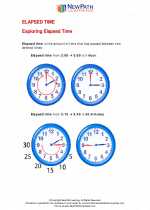 Elapsed Time
Elapsed Time  Activity Lesson
Activity Lesson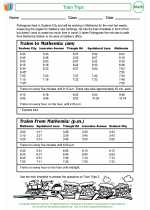 Train Trips
Train Trips  Activity Lesson
Activity Lesson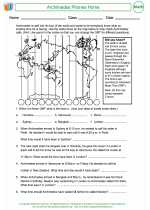 Archimedes Phones Home
Archimedes Phones Home  Worksheet/Answer key
Worksheet/Answer key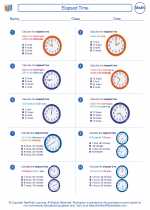 Elapsed Time
Elapsed Time  Worksheet/Answer key
Worksheet/Answer key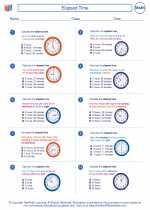 Elapsed Time
Elapsed Time  Worksheet/Answer key
Worksheet/Answer key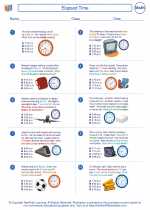 Elapsed Time
Elapsed Time  Worksheet/Answer key
Worksheet/Answer key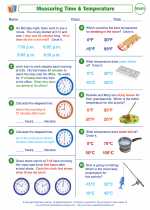 Measuring Time and Temperature
Measuring Time and Temperature  Worksheet/Answer key
Worksheet/Answer key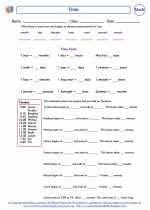 Time
Time  Worksheet/Answer key
Worksheet/Answer key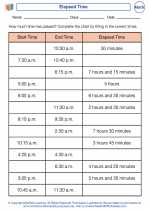 Elapsed Time
Elapsed Time 

 Activity Lesson
Activity Lesson
 Activity Lesson
Activity Lesson
 Worksheet/Answer key
Worksheet/Answer key
 Worksheet/Answer key
Worksheet/Answer key
 Worksheet/Answer key
Worksheet/Answer key
 Worksheet/Answer key
Worksheet/Answer key
 Worksheet/Answer key
Worksheet/Answer key
 Worksheet/Answer key
Worksheet/Answer key

The resources above cover the following skills:
Knowledge of Measurement: Students will identify attributes, units, or systems of measurements or apply a variety of techniques, formulas, tools, or technology for determining measurements.
Applications in Measurement: Calculate equivalent measurements.
Determine start, elapsed, and end time (Assessment limit: Use the nearest minute).